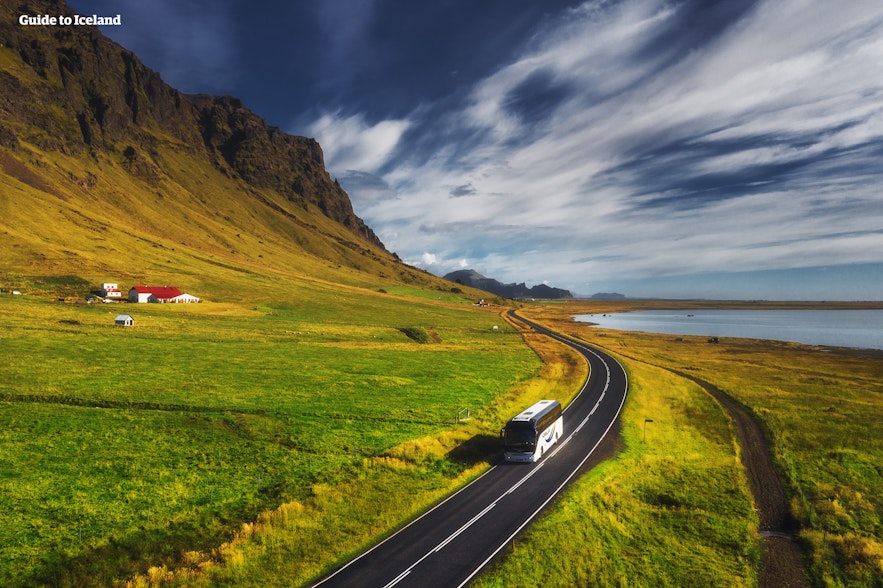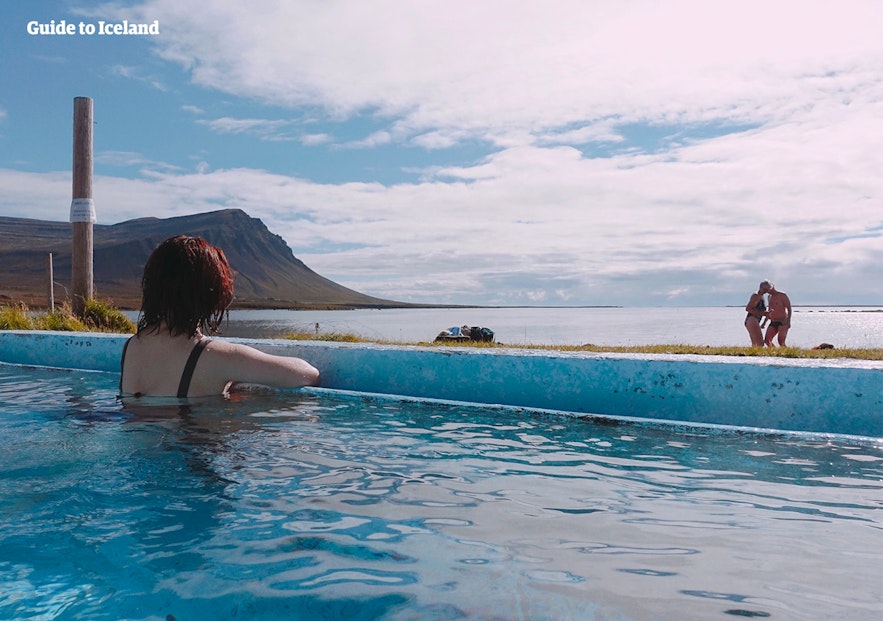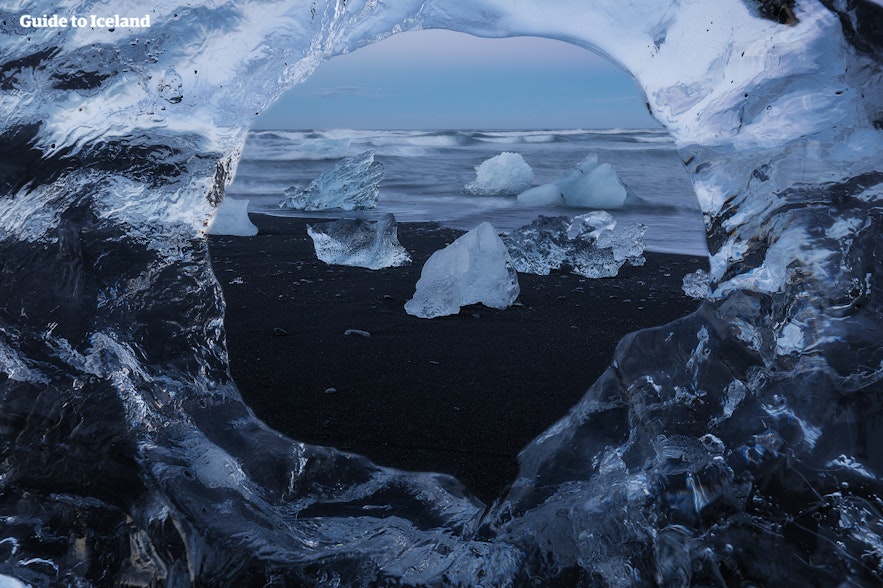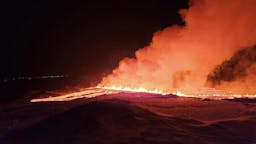
How to plan your ideal trip to Iceland

Iceland, one of Europe's marvels, is a place absolutely worth visiting. Regardless of the time of the year you visit this country, there are umpteen things to do and see, especially outdoors. If planning a trip to this rugged country with spectacular scenery seems overwhelming, read on.
With careful preparation and sensible behaviour, you’ll surely make your time in Iceland memorable trips to this breathtaking landscape forged by fire and ice.
Here are useful tips for planning your ideal trip to Iceland.
Choose the best time of the year to visit Iceland

When deciding the best time of the year to visit this beautiful country, you need to consider factors such as the purpose of your visit and your estimated budget.
If you wish to visit Iceland during the full-fledged tourist season and don’t mind spending more, then summer is the right time for you. Warmer temperatures, easy accessibility to all tourist attractions and great views of flora and fauna make mid-June through August the most desired time to visit Iceland. During these summer months, the days in Iceland are long, with up to 21 hours of sunlight, a unique experience for visitors.
If you prefer travelling on a lower budget and avoiding the crowds of tourists, then the winter months are the right choice. From mid-October till the end of April, you’d get to see stunning, snowy landscapes and experience icy driving conditions. This period is the least busy in Iceland as some parts of the country become inaccessible for all except the off-road vehicles. However, with the right ride there's ample scope for adventure.
Furthermore, in a month like March you have a good chance of seeing the Northern Lights, also called the Aurora Borealis. The Northern Lights are only visible after dark so you want to go during a month like March which has approximately 12 hours of daylight.
See also: Northern Lights in Iceland
If the Northern Lights are on the top of your list of attractions, then you might also consider visiting Iceland in late September or early October. At this time, there’s usually less snow and the days are longer than in winter. So, you’ll be able to visit many more attractions during the day and hunt for aurora in the evenings.
Choose how to travel in Iceland

You can choose between a couple of different modes of transport to travel in this stunning land. A self-drive trip is the most commonly preferred option. You can travel independently by hiring a car, staying in various locations and visiting tourist attractions specific to your interests.
For instance, you could enjoy the Blue Lagoon at your leisure or spend an entire day in Downtown Reykjavik. While hiring a car you might want to select one with good quality roof racks so that you can carry your luggage, camping supplies, and outdoor sports gear comfortably. A self-drive trip gives you the flexibility to reschedule or remove activities from your itinerary if the weather is not favourable. All in all, you have the most control over your trip.
See also: Top 5 Road Trips in Iceland
Compared to a self-drive trip, a group tour or guided tour is a more economical way of travelling in Iceland. Group tours are either single-day excursions or multi-day trips, covering either the highlights of Iceland or an entire tour of the country. The main advantage of travelling in a group with a guide is that you don’t have to worry about anything other than being punctual for the bus. Also, being with numerous other people gives you a great opportunity to socialize and make new connections.
Make suitable clothing choices for your Iceland trip

Whatever the time of year, plan to dress in layers. For the summer as well as winter months, you should be prepared with a base layer, a cardigan, lightweight and quick-drying walking pants, a weatherproof jacket, sturdy walking shoes, hat, scarf, and comfortable mittens.
For additional care during your winter travel, opt for long woollen underwear, woollen socks, and an exceptionally warm coat. You could even rent outerwear for your stay in Iceland.
Always be prepared for an emergency. Make sure to pack a few additional pieces of clothing in a backpack. Last but not least don’t forget to pack your swimsuit as you’ll certainly want to take a dip in one of Iceland's many pools or the mineral-rich Blue Lagoon.
Be wary of the dangers in Iceland

When travelling in Iceland, make sure to exhibit sensible behaviour. This way you will not endanger yourself or others. For instance, if you choose to explore unfrequented areas, hire the services of knowledgeable guides so that you can prevent getting lost.
Also, avoid climbing or walking on ice while visiting places like Jokulsarlon Glacier Lagoon, a large glacial lake and one of the natural wonders of Iceland.
Be well aware when taking selfies, especially at beaches because large, powerful and sudden waves are very common in Iceland.
Explore geothermal pools and geysers in supervised areas only. The reason being that geothermal pools can be extremely hot and geysers can erupt suddenly, a safe distance saves you from getting injured.
If you intend to travel during the summer and want to camp outdoors, then be aware that almost 24-hours of daylight could pose a problem. Make sure to pack an eye mask so that you can get peaceful sleep with the light blocked out.
Otros blogs interesantes
Chasing Waterfalls in Iceland
Iceland is spectacular in so many ways and Icelandic nature is quite unique with its vast landscape, volcanic activity, geothermal areas, glacier lagoons and sceneries, black sand beaches and spectLeer másSænautasel Turf House in the Highland of Iceland
In my search for turf houses around Iceland, I visited Sænautasel, which is a rebuilt turf house on Jökuldalsheiði heath in the highland of Iceland. It is, in my opinion, an extremely cute turf hoLeer másThe Dynamic Plant Lupine
People have been asking me where to find lupines in Iceland. If you like them you should be able to find them easily in Iceland in summer. They are in bloom and visible almost wherever you drive aroLeer más

Descarga la mayor plataforma de viajes a Islandia en tu teléfono para gestionar todo tu viaje en un solo lugar
Escanea este código QR con la cámara de tu teléfono y haz clic en el enlace que aparece para añadir la mayor plataforma de viajes a Islandia a tu bolsillo. Añade tu número de teléfono o dirección de correo electrónico para recibir un SMS o correo electrónico con el enlace de descarga.
















